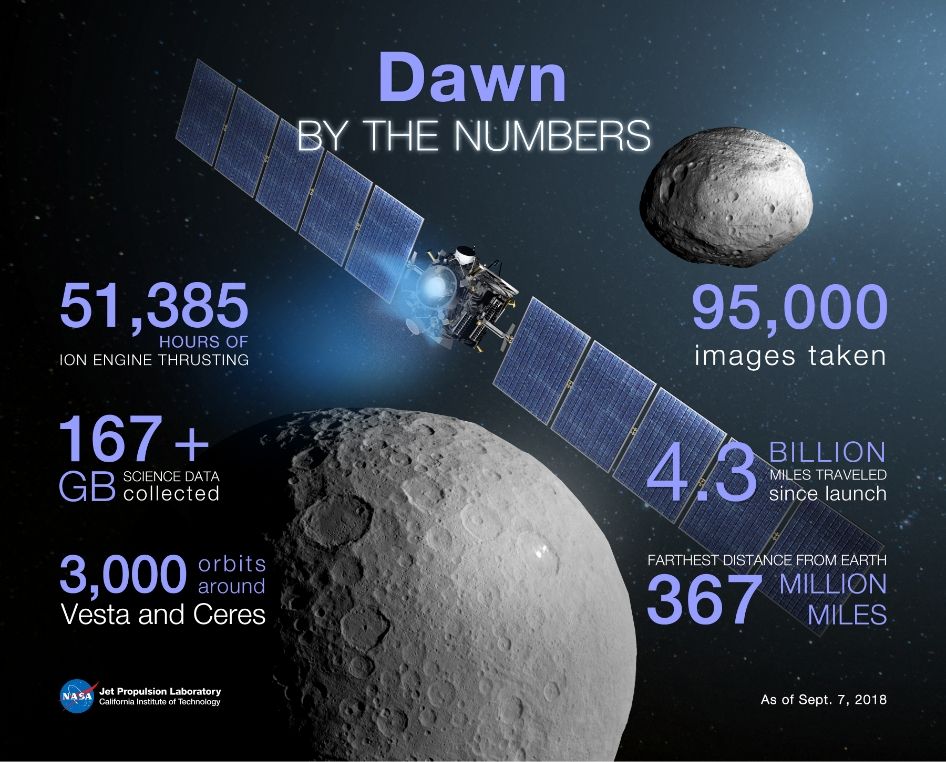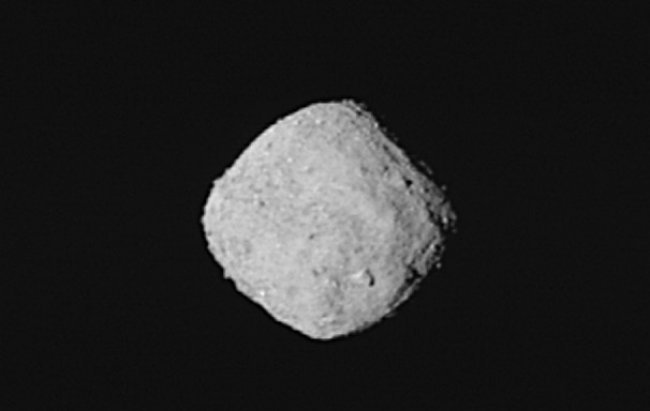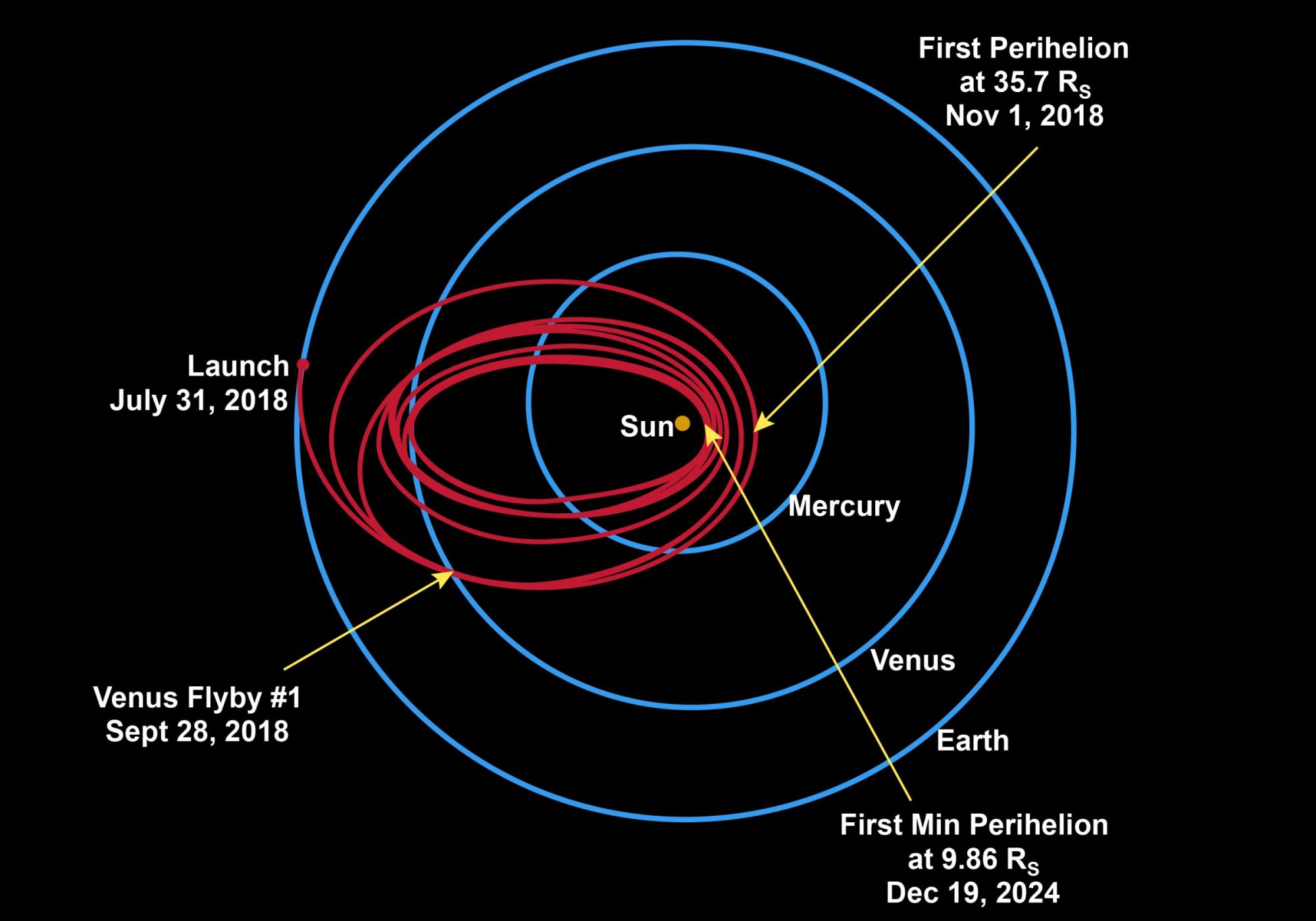This month we’ll talk about four of NASA’s interplanetary probes. We’ll say goodbye to two of the probes as they run out of fuel and scientists here on Earth lose the ability to control them. Another two probes however, are just beginning their work of exploration and hopefully in the next few years we’ll be taking more about the discoveries they’ve made.
We’ll start with the Kepler space telescope, see image below and check out my post of 28April2018. Launched back in March of 2009 the mission of Kepler was to continuously observe hundreds of thousands of stars searching for small, rhythmic changes in their brightness that could be caused by planets passing in front of them.

During its eleven years of service Kepler observed over half a million stars and is credited with the preliminary detection of 2,662 planets outside of our solar system. Kepler was only designed to detect such exo-planets as they’re called, larger, more precise Earth based telescopes would then carry on the work of learning about these alien worlds.
In order to avoid having the Earth interfere in its observations Kepler was placed into an orbit around the Sun known as an Earth trailing orbit some 130 million kilometers from Earth. Without fuel to maintain its proper orbit and orientation Kepler would be unable to perform its mission.
That fuel has now run out and on October 30 of 2018 NASA announced officially that communication with the Kepler space telescope has been lost and the mission has ended. Still, thanks to the Kepler space telescope astronomers now have 2,662 completely unknown worlds to study!
Another very important space probe has suffered the same fate. The Dawn mission to the two largest objects in the asteroid belt was both the first interplanetary vehicle to orbit two different bodies, not counting Earth, and the first probe to employ an ion rocket as its main propulsion.
The Dawn spacecraft first traveled to the asteroid Vesta, the second largest but heaviest asteroid. Astronomers believed that Vesta was composed primarily of iron and nickel and might have become of core of a planet had not the enormous gravity of the planet Jupiter kept that planet from ever forming. Vesta did indeed turn out to be a very heavy, metal rich asteroid proving the astronomers correct.
After orbiting Vesta for more than a year and completing its survey the Dawn probe then did something no other probe had ever done. It fired up its ion engines again, left obit around Vesta and traveled to the asteroid Ceres, the largest of the asteroids. The image below shows the Dawn Spacecraft with Vesta, upper right, and Ceres, lower middle.

Now ion rockets don’t give you a lot of push, but they give a small push for a very long time. Whereas chemical rockets can use up all of their fuel within minutes an ion rocket can keep firing for years. Dawn was the first interplanetary probe to make full use of all the extra push possible from an ion rocket firing its engines for more than 50,000 hours.
So Dawn became the first probe to orbit and study two different bodies in our solar system orbiting Ceres and Vesta more than 3,000 times.
Like Kepler however even Dawn’s ion rockets eventually used up the last of their fuel and the Dawn spacecraft can no longer keep solar panels pointed toward the Sun, its antenna pointed toward Earth. According to NASA Dawn missed its regular radio check in on both 31October and 1Nov and the mission is presumed to have ended.
Once again however the Dawn probe has provided astronomers with a wealth of data to analyze. Dawn isn’t finished making discoveries.
The end of two of its premier missions however doesn’t mean that NASA is running out of space probes, far from it. Two probes launched over the past two years are approaching their targets and the data should soon start pouring in!
The OSIRIS-Rex probe has been traveling for the past two years toward a rendezvous with the small near Earth asteroid Bennu (See my post of 6January2018). OSIRIS-Rex should reach its destination within a month and recently took a high-resolution image of its target, see image below. Once at Bennu, which is too small to actually orbit, the OSIRIS-Rex will land and collect a sample of the asteroid’s surface to return to Earth. The sample is expected to arrive back here on Earth in 2023 but with all of the probe’s other instruments there’s no doubt that we’ll be learning a lot about Bennu much sooner than that!


Another NASA spacecraft that is well on its way to its target is the Parker Solar Probe which just this past week on 29October became the closest man made object to our Sun (See my posts of 7June2017, 6January2018 and 5September2018). At the distance of 42.73 million kilometers Parker broke the record previously held by the joint German-American Helios-2 probe.

The Parker probe is going to get much closer however. During its six year mission to study the Sun Parker is expected to come as close as 6.9 million kilometers. The Parker probe will study the Sun in an effort to learn more about how the energy the Sun produces by hydrogen fusion in its core moves upward to the Sun’s surface. Parker will also study how the Sun generates its powerful magnetic field. The image below shows the planned trajectory of the Parker probe. Presently the spacecraft is just past ‘First Perihelion’.

If you’d like to learn more about any of the four interplanetary probes we’ve talked about click on one of the links below to be taken to the official NASA site for that mission!
https://www.nasa.gov/mission_pages/kepler/main/index.html
